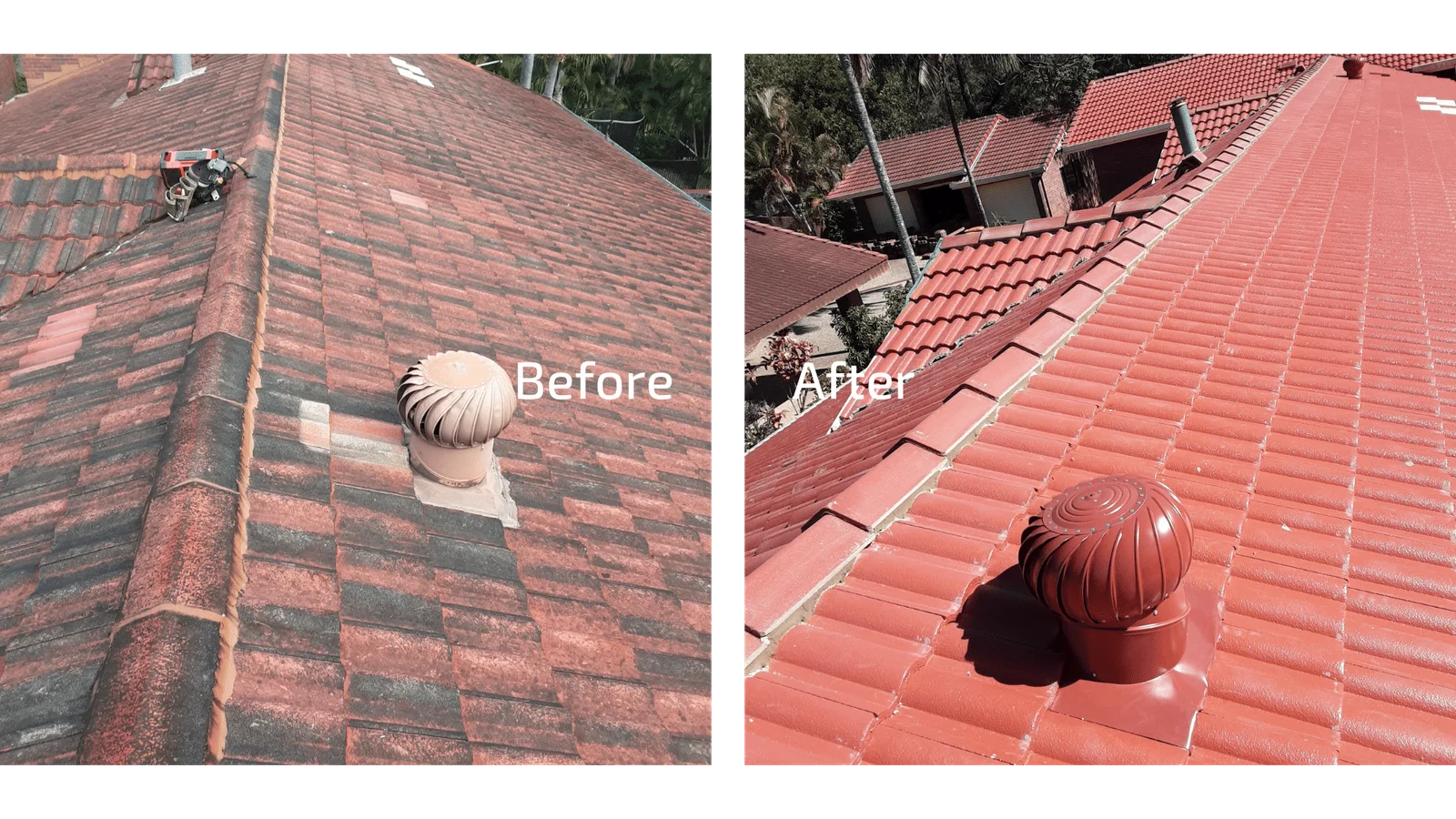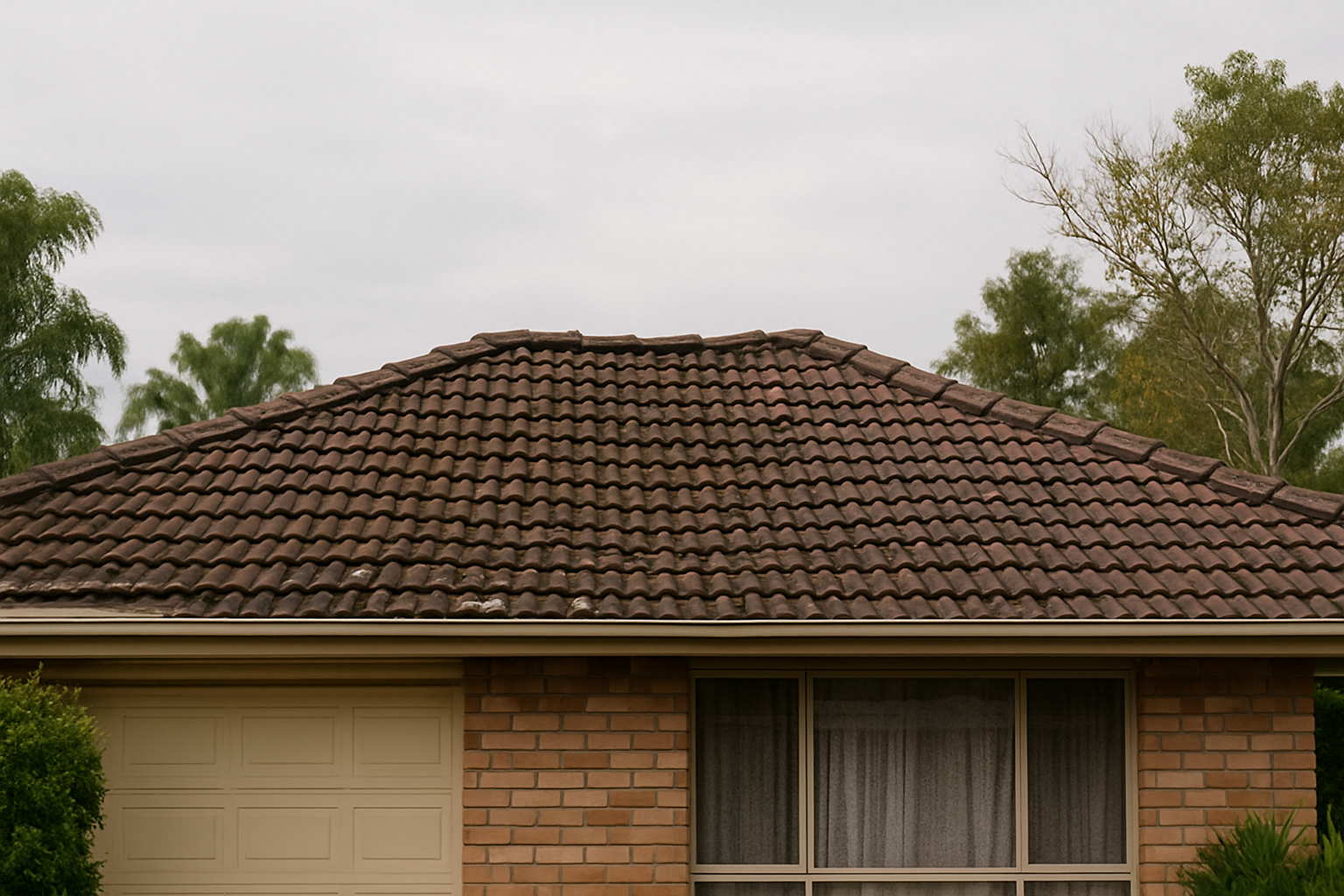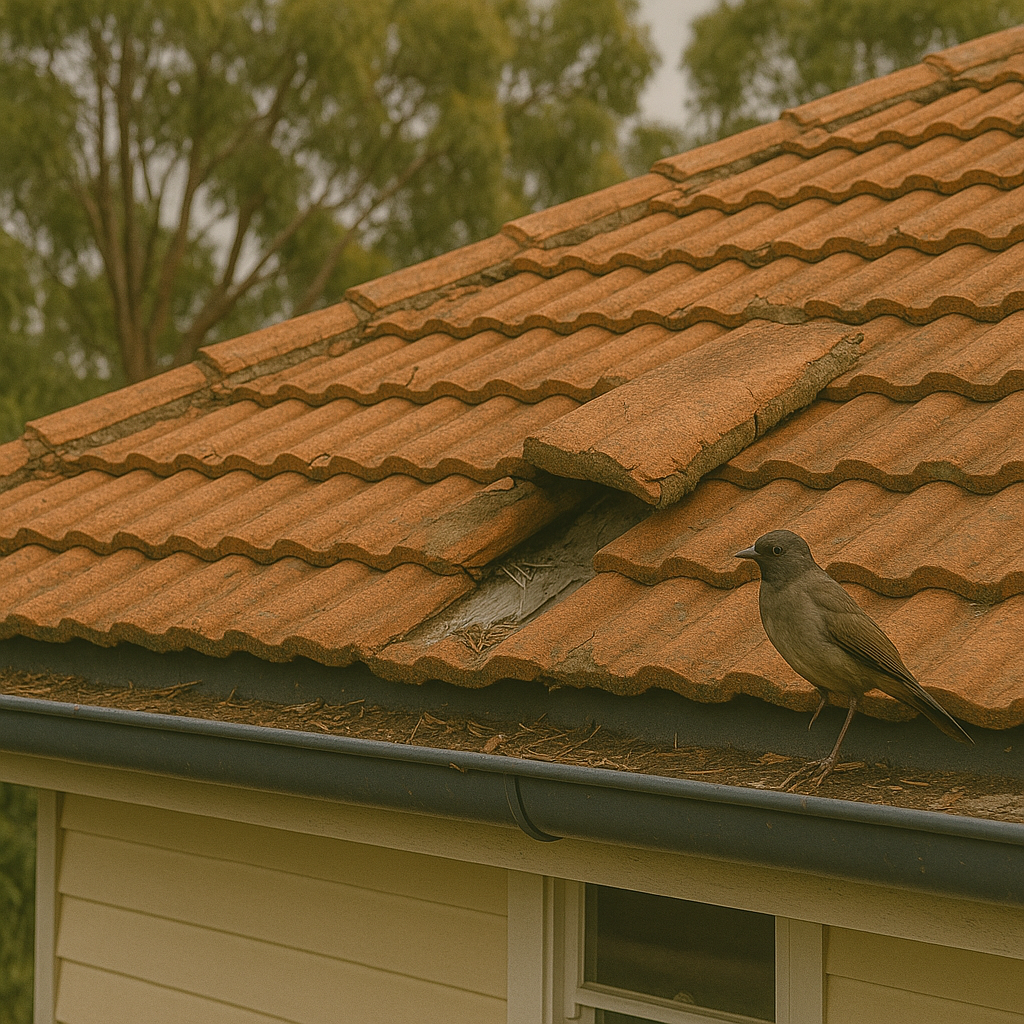Timing is everything when it comes to roof repairs or replacements, especially in Queensland, where the climate ranges from scorching heat to heavy tropical storms. Choosing the right time of year for roof work can help you avoid delays, reduce costs, and ensure the job is done right.
At Storm Call Roofing Projects, we’ve seen how Queensland’s unpredictable weather can impact roofing projects. In this blog, we’ll explore the pros and cons of doing roof work in different seasons, helping you plan ahead to get the best results for your home.
Summer (December to February)
Pros:
Summer is generally dry and sunny, providing ideal conditions for roof installations and repairs. Clear skies mean less risk of weather delays, allowing roofing teams to work efficiently. The dry weather also helps sealants and coatings cure properly, ensuring a durable finish.
Cons:
Queensland’s summer also brings intense heat and occasional tropical storms, particularly in the north. High temperatures can make it challenging for roofing teams to work safely and may cause roofing materials to expand, which can affect installation. Sudden storms can also lead to unexpected delays and water damage if work is left unfinished.
Best for:
- Minor repairs during dry spells.
- Applying roof coatings and sealants that need warm weather to cure.
- Emergency storm damage repairs between rain events.
Autumn (March to May)
Pros:
Autumn offers mild temperatures and relatively low rainfall, making it one of the best times for roof work. With less intense heat, roofers can work comfortably for longer periods, and roofing materials are less prone to expansion or contraction. Autumn’s consistent weather also allows enough time for thorough inspections, repairs, and complete replacements without the rush.
Cons:
As the season progresses, the risk of late-season storms increases. While not as frequent as summer storms, they can still cause unexpected delays if they occur.
Best for:
- Roof inspections and maintenance.
- Full roof replacements without the risk of extreme heat.
- Gutter repairs and cleaning in preparation for winter rains.
Winter (June to August)
Pros:
Winter in Queensland is typically dry and cool, with fewer storms and mild temperatures that allow roofers to work safely and efficiently. The cooler weather means roofing materials are less likely to expand, making installation more precise. Lower demand for roofing services during winter can also mean shorter wait times and potential discounts.
Cons:
Winter days are shorter, which can limit working hours and extend project timelines slightly. Additionally, cool temperatures may affect the curing of certain sealants and coatings.
Best for:
- Tile replacements and repairs.
- Installing or replacing roof insulation to improve energy efficiency before summer.
- Routine maintenance to prepare for spring storms.
Spring (September to November)
Pros:
Spring brings warm temperatures and longer daylight hours, making it another excellent time for roofing projects. With the storm season still a few months away, spring offers a window of opportunity for larger projects like full roof replacements or extensive repairs.
Cons:
As spring progresses, the risk of early storms increases, especially in northern Queensland. Sudden rain or wind events can cause delays or even damage unfinished roofing work.
Best for:
- Full roof replacements to ensure your home is protected before summer storms.
- Roof inspections to catch any damage from winter or previous storms.
- Gutter and downpipe repairs to handle upcoming rain.
Key Considerations for Timing Your Roof Work
- Weather Forecasts:
Always check long-range forecasts before scheduling roof work. Unexpected storms can cause delays and increase the risk of water damage. - Contractor Availability:
Demand for roofing services peaks in spring and summer, so booking ahead can help you secure your preferred dates. Winter often has more availability and may come with off-season discounts. - Material Curing Times:
Some materials, like sealants and coatings, need warm and dry conditions to cure properly. Planning around these requirements ensures a durable finish. - Preparing for Storm Season:
The months leading up to Queensland’s storm season are ideal for roof inspections, repairs, and gutter cleaning. Ensuring your roof is in good condition before the first storms hit can prevent leaks and costly damage.
So, When Is the Best Time for Roof Work in Queensland?
For most homeowners, autumn and winter are the best times for roof repairs and replacements in Queensland. These seasons offer mild temperatures, less rain, and more consistent weather, allowing roofing teams to work efficiently without interruptions.
However, if you’re dealing with emergency repairs or need to prepare for the storm season, scheduling work in early spring or during dry spells in summer is also a smart move.
Need Help Timing Your Roof Repairs?
If you’re unsure about the best time to repair or replace your roof, contact Storm Call Roofing Projects for expert advice. We’ll help you plan your roofing project around Queensland’s unique climate to ensure it’s done safely and efficiently.
Get in touch today to schedule an inspection and find out the best time to get your roof ready for anything Queensland’s weather throws at it.






